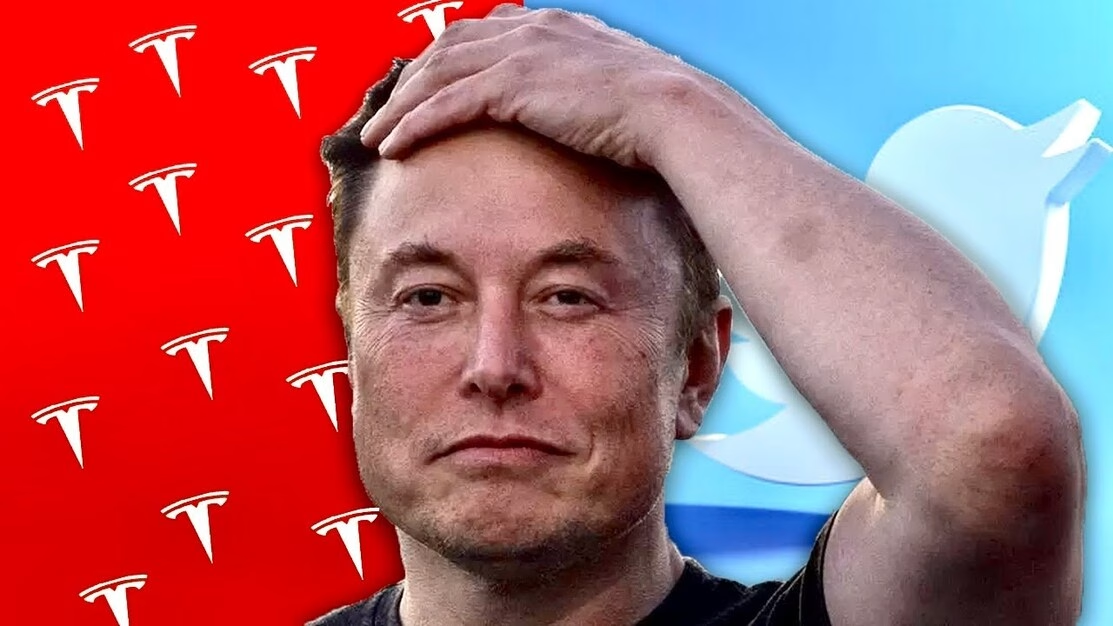By Don Terry, Ben Emos & Mary Jones | Monday, March 17, 2025 | 7 min read
The dramatic scenes unfolding across the world paint a stark picture: Tesla wheels stolen, Superchargers set ablaze in Texas, mass protests and boycotts at dealerships in New York and Georgia, vandalized showrooms in Berkeley, and even gunfire at a dealership in Oregon. In Europe, swastikas have been found painted on Tesla vehicles. These events mark a remarkable shift in public sentiment toward a company that, just a few months ago, seemed unstoppable.
On December 12, 2024, Elon Musk, CEO of Tesla, stood at the pinnacle of success. Wearing his signature “Dark MAGA” hat, he reveled in the moment. Despite initially stating that he would not fund any presidential candidate, Musk eventually donated $300 million to Donald Trump’s campaign. After Trump’s victory, Musk’s personal fortune surged by $200 billion overnight, propelling his net worth past $400 billion, making him the richest man in history. To put this in perspective, Musk’s fortune surpassed even the most optimistic estimates of historical titans like Mansa Musa and John D. Rockefeller.
However, Tesla’s rapid ascent has been met with an equally swift decline. Since December, Tesla’s stock has inexplicably dropped 50%, erasing over $800 billion in market value—more than the total worth of Toyota. This downturn is equivalent to the combined market caps of Ford, GM, Mercedes-Benz, Volkswagen, and several other major automakers. The speed and scale of this collapse have left many wondering: what went wrong?
The Fall of Tesla: A Complex Downturn
Back in 2020, Elon Musk himself warned, “If at any point investors conclude we won’t achieve future profits, our stock will get crushed like a soufflé under a sledgehammer.” That prediction is now coming true.
In a major legal blow, a Delaware state court judge has struck down the massive 2018 pay package that played a key role in making Musk one of the world’s wealthiest individuals.
Chancellor Kathaleen McCormick of the Delaware Chancery Court, who presided over the case’s bench trial in late 2022, ruled on Tuesday that Musk and Tesla’s board had the responsibility to prove the compensation plan was fair—but they failed to do so.
The pay package in question granted Musk 303 million split-adjusted stock options, which, based on Tuesday’s closing price, are currently valued at $51 billion—after factoring in the relatively small exercise price of $23.34 per share.
One pivotal moment in Tesla’s decline was Musk’s controversial salute at a public event, which some perceived as a Roman salute. Whether intentional or not, the backlash was immediate and severe, but Tesla’s troubles extend far beyond a single controversy.
Over the past several years, Musk’s reputation has taken multiple hits:
- He baselessly accused a Thai cave rescuer of being a pedophile.
- He falsely claimed he had secured funding to take Tesla private at $420 per share, costing investors over $1 billion.
- He wildly underestimated COVID-19’s impact, predicting it would disappear by April 2020.
- He made inconsistent political statements, first dismissing Trump as too old before later becoming a key financial backer.
- He impulsively bought Twitter, then attempted to back out, only to be forced to complete the purchase by a court order.
- He conducted Twitter polls regarding his leadership but ignored results that didn’t favor him.
- He was caught cheating in online games like Path of Exile and Diablo 4.
As a result, Tesla’s brand has suffered severe reputational damage, impacting consumer confidence. Once hailed as a visionary akin to Tony Stark, Musk is now seen as a divisive figure, and his company is paying the price.
Tesla’s sales are declining in nearly all major markets:
- Germany: Sales plummeted 76% after Musk expressed support for the far-right AfD party.
- France: A 63% drop, with escalating protests turning into arson attacks.
- Canada: A 70% decline, with the government investigating possible fraudulent sales reports.
- Australia: An 81% drop.
- Sweden & Norway: Sales down 44% and 38%, respectively.
- Denmark: A 52% drop in February alone.
- United Kingdom: Sales rose, but primarily due to overall EV market growth rather than Tesla-specific demand.
- China: Tesla’s most critical market is also struggling, with sales down 49% due to stronger competition and an outdated lineup.
Tesla has responded with aggressive financing options, including 0% down and 0% APR subprime loans, a move that could expose the company to future defaults and financial instability. At the same time, used Tesla prices are plummeting, making new purchases less attractive.
BYD’s Dominance in China
The rise of BYD has been a major factor in Tesla’s struggles. BYD’s ATO 3 and Seal models offer Tesla-like quality at a fraction of the price, dominating the Chinese EV market. BYD also recently introduced full self-driving (FSD) capabilities for free, whereas Tesla charges between $8,000 and $10,000 for the feature. Moreover, Tesla’s FSD software struggles in China’s unique road system, leading to frequent traffic violations and hefty fines.
China’s government has long supported BYD, and as predicted by analysts five years ago, Tesla is now being squeezed out of the market.
The Math Problem: Tesla’s Overvaluation
Even if none of these other issues existed, Tesla still faces a fundamental financial problem. Its price-to-earnings (P/E) ratio remains astronomically high. Compared to traditional car companies like Ford (P/E ratio of 5-10) or even high-growth tech firms like Apple (P/E ratio of 35), Tesla’s remains at 101, despite a 50% stock drop.
For context:
- Apple: $96 billion in annual profit
- Google: $100 billion, up 35%
- Microsoft: $88 billion, up 21%
- Meta: $62 billion, up from $39 billion
- Amazon: $59 billion, up 94%
- Nvidia: $72 billion, up 144%
Meanwhile, Tesla’s profit fell 52% to just $7 billion—a fraction of these tech giants. Yet its valuation still suggests it will one day surpass them all, a scenario that looks increasingly unrealistic.
The Future of Tesla: Can It Survive Without Musk?
Tesla’s valuation largely hinges on Musk’s vision and hype. Without him, the company could be worth as little as $84 billion, according to updated analyses—a massive drop from its current $722 billion valuation.
Tesla’s executives seem aware of this reality:
- Robin Denholm (Tesla Chairwoman): Selling Tesla stock rapidly.
- Tesla CFO: Selling off shares.
- Kimbal Musk (Elon’s brother): Selling large portions of stock.
Tesla’s sales are declining, Musk’s credibility is faltering, and the company is losing ground to competitors like BYD. The company’s valuation remains inflated, and insiders are cashing out while they can.
As Tesla faces mounting challenges, Elon Musk appears to be redirecting his focus toward SpaceX, a company where he enjoys far greater control and financial security. Unlike Tesla, which is under constant public and market scrutiny, SpaceX operates largely behind the scenes, benefiting from lucrative government contracts and private investments.
With Donald Trump back in the White House, the relationship between the two men has only strengthened. As long as Musk continues to patronize him and maintain financial ties, his influence remains intact. This shift comes at a time when the Supreme Court has granted the president immunity from corruption charges while in office, further solidifying the power dynamics at play.
For Musk, SpaceX represents stability—a fortress insulated from the market fluctuations and political controversies that now plague Tesla. While Tesla struggles with declining sales and a damaged reputation, SpaceX continues to thrive, securing billion-dollar deals and expanding its dominance in the aerospace industry.
Without a major technological breakthrough, Tesla’s future looks grim. The numbers don’t lie—Tesla is not the company it once was, and its stock valuation reflects an era of that is rapidly fading into uncertainty.
Copyright 2025 FN, NewsRoom.






